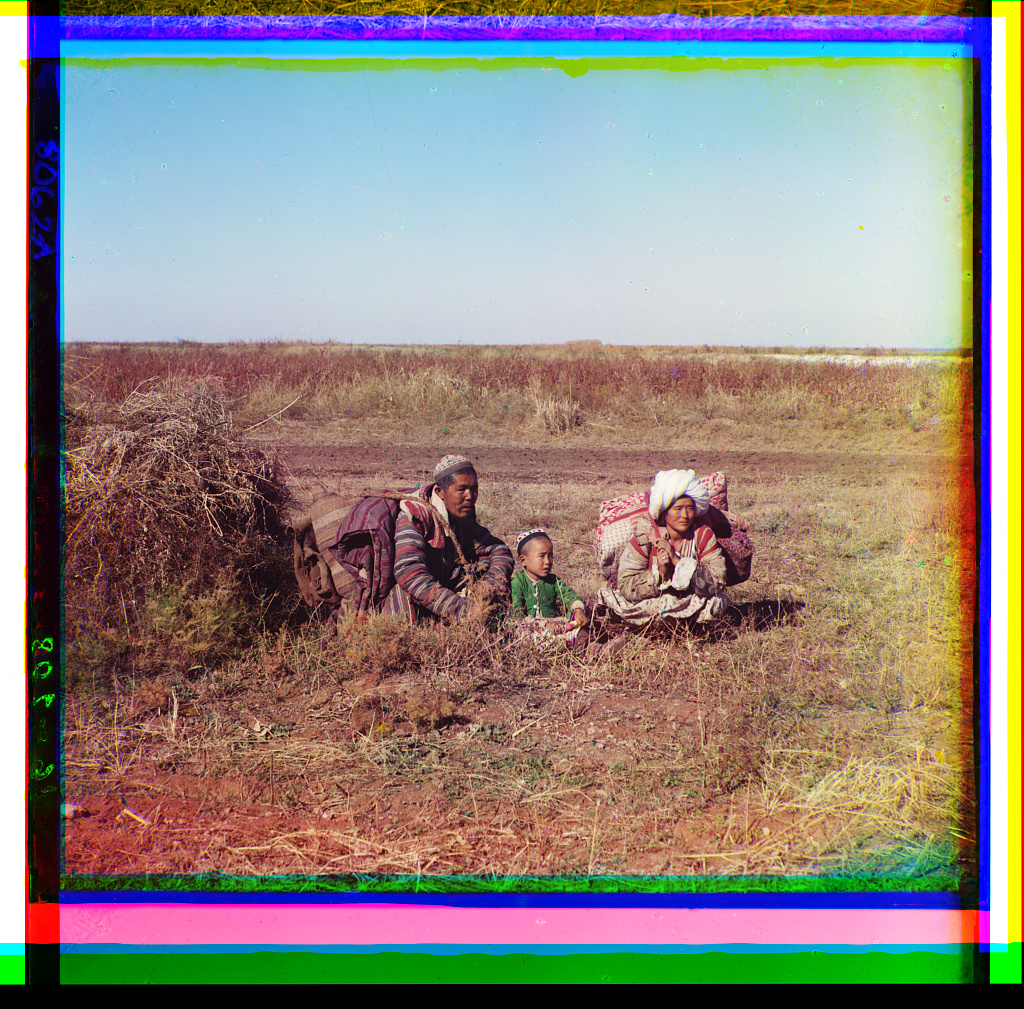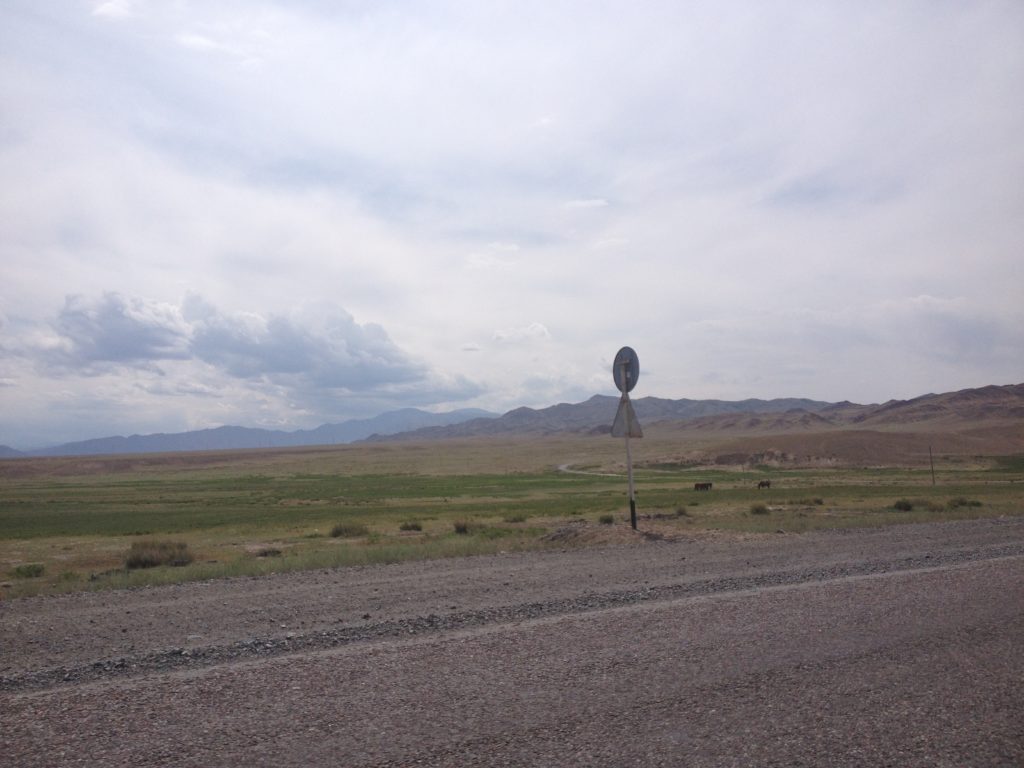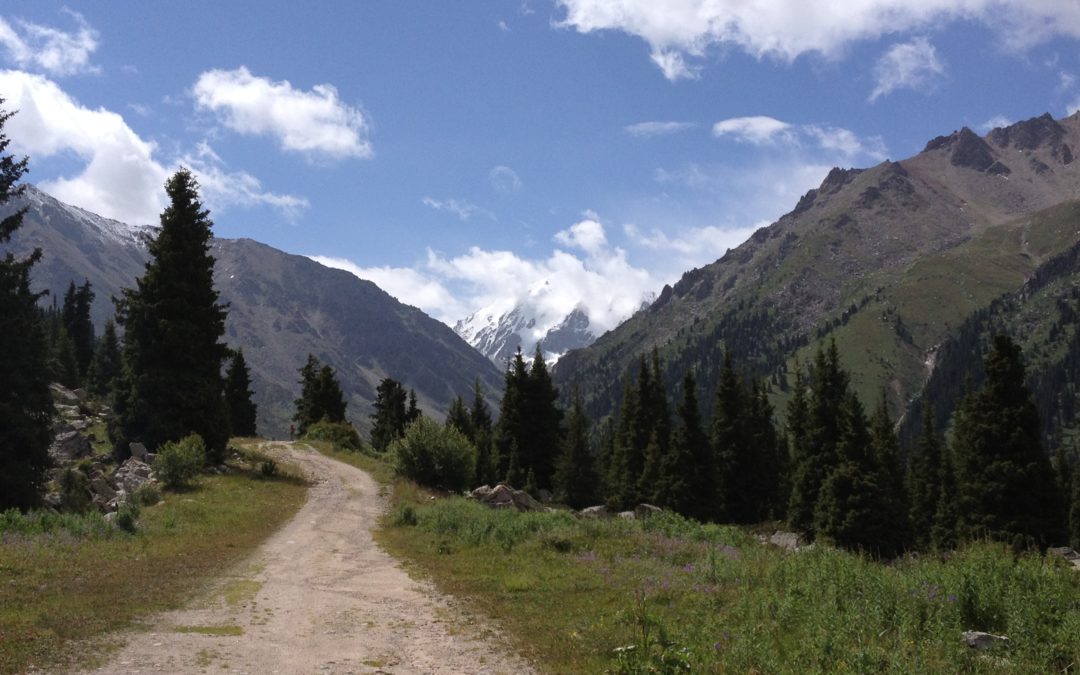By Jennifer Keating
Environment & History, essay no. 6
For our sixth post in the ‘Environment & History’ series, Dr Jennifer Keating focuses on understanding conflict through the environment during the fall of Imperial Russia.
Homing in on the Central Asian peripheries of the Empire during the Civil War, Keating discusses how prioritising the environment can revitalise our understanding of past, and future, violence. From the impact of nature on military decisions, to the damage done to natural resources in times of war, and the “slower forms of violence” enacted over decades to marginalise indigenous communities.
The next essay in the ‘Environment & History’ series will appear on Wednesday 10 March 2021 with ‘Environment, emotions, and experience: child migration in the nineteenth and twentieth centuries’.
Alongside writing, mathematics, music, and abstract thought (among other attributes), the ability to wage war might at first sight be one obvious marker in many of our minds that distinguishes humankind from the non-human world. As Aristotle’s ‘rational animals’, we possess the capacity to reason, to imagine and to pre-meditate before acting. Such mental gymnastics differentiate very famously ‘the worst architect from the best of bees’, and in the world of war can map onto myriad violent and non-violent practices, from the strategies of the military battlefield to the planned ambush, sabotage, retreat, escape, imprisonment, and so forth. Trees, rocks, and sheep do not wage war on each other. Yet on a second reading it quickly becomes apparent that reasoned conflict is observably not unique to humanity. Ants, bees, and chimpanzees for instance, mount raids and attacks to compete over territory, food, and mates. While these may lack the scale, form, intentionality, and consciousness of ‘war’ in the human world, these cases nevertheless illuminate one of many ways in which the segregation of the human and the non-human is an erroneous distinction, enormously unhelpful in exploring the world around us. Marx’s apian construction workers and human architects belong on a relative arc, rather than dichotomous axes.
If we heed the call of recent years to look at humans in nature, rather than humans and nature, new horizons emerge. Indeed, environmental historians such as Richard Tucker, Nancy Peluso, and Simo Laakonen have been busy exploring the close and varied relationships between the natural world and human conflict. We have begun to uncover the manifold impacts of war on the environment many thousands of miles beyond the battlefield, and consider the demands of, and disruptions to, global commodity chains in times of conflict. A lively body of work now convincingly sketches the environmental changes and legacies caused by war on both home and military fronts. As Emmanuel Kreike discusses in Scorched Earth: Environmental warfare as a crime against humanity and nature (Princeton, 2021), in times of conflict the natural world becomes both target and instrument of war: we deliberately destroy environmental infrastructure, raze forests, burn fields, deploy microbes and chemicals; we are helped or hindered by weather and topography; we attempt to acquire prized land or parts of nature to which we ascribe symbolic, political, or financial value, including water or fossil fuels.
While such examinations feed into broader debates on the recognition of ‘ecocide’ (or ‘environcide’) as well as genocide, these interweaving stories are more complex than that simply of nature being damaged, depleted, or destroyed as a result of human conflict (although this is very clearly an important consequence). Rather as we continue to explore humanity’s position within broader ecologies, we see that environmental scarcity, decline, or degradation can be both consequence and cause of conflict.

Nomadic Kazakhs in the Hungry Steppe, c. 1911, photo by S. M. Prokudin-Gorskii. Color rendering by Walter A. Frankhauser for the Prokudin-Gorskii Collection, Library of Congress, Prints and Photographs Division. Library of Congress, Washington D.C., LC-DIG-prokc-2185.
Working on the history of the Russian Empire and the early Soviet state in Central and Inner Asia, I find environmental approaches particularly helpful in attempting to ask – and answer – the bigger questions about how the empire worked, or ultimately did not work, and the challenges and opportunities that faced the new Soviet state in the 1920s. The vast empire, and its later Soviet incarnation, was grounded in environments as diverse as the communities who inhabited them, and like elsewhere, the (attempted) exploitation of nature lay at the heart of the projection and sustenance of imperialism, both physically and imaginatively. Such connections became particularly discernible in the varied landscapes at the territorial edges of the state. That the environment was also deeply implicated in the weakening and eventual collapse of this state in 1917, and even more so in the ensuing civil war from 1917 into at least 1921, seems increasingly clear, both in terms of physical ecologies themselves and the mental work that underpinned their use, occupation, and valuation. Tracking the environmental impact of the civil war years involves tracing a route through a diverse range of people and sources. The poet Maximilian Voloshin wrote in ‘Civil War’, penned during the height of the conflict in 1919:
‘And following the heroes and chiefs,
A greedy pack of predators is creeping
To loot and sell colossal Russia’s might
To the enemies;
To rot the piles of her wheat,
To dishonour her skies,
To devour her riches, to burn her woods,
And to suck up her seas and ores.
And the rumble of battles does not cease
Along all the expanses of the Southern steppe,
In the golden splendour
Of the grain fields stamped out by horses.
Less lyrically but equally informatively, Russian settlers fleeing encroaching Bolshevik power narrated how in Central Asia, Kyrgyz villages, fruit gardens, tea-houses, plantations and sheep fields had been entirely destroyed. Irrigation channels had been cut, gardens dug up, fields of standing crops ruined, and trees hacked down: ‘there were only a few wretched ruins to be seen, stumps of trees and desert all around’ (Pavel Nazarov, Hunted through Central Asia (2002), pp. 216-217). Central Asians narrated a similar scene. Turar Rysqulov described mass starvation in the countryside as hundreds of thousands of the pastoralist community and their livestock perished (Turar Rysqulov, Revoliutsiia i korennoe naselenie Turkestana). On the ground locally, the quest to control resources was particularly bitter, with Central Asia cut off from the nascent Soviet centre by a White railway blockade, and wholly dependent on that same centre for vital quantities of imported foodstuffs. Set within the frame of intensifying physical conflict, rampant hoarding and looting of basic resources ensued, homes were taken apart under the cover of night as thieves stole wood to use as fuel, dried fish was used to power locomotives, and desperate attempts were made to plant new fields. Privilege and entitlement to food, gardens, fuel, and fields ran along lines of ethnicity as much as political affiliation. Early Bolsheviks in fact appeared to work with a mindset almost identical to the colonial administrators whom they had displaced.
As shown in multiple other studies across the globe, the sources here speak vividly of how human and environmental dimensions of the conflict were inseparable. Gardens, homes, fields, orchards were deliberately targeted, both to secure food, shelter, and equipment, and at the same time, to deny these resources to opponents – in Central Asia, a patchy constellation of interests that defied the easy logic of Red versus White. Seemingly almost everywhere the eye fell, terrain was scorched, flooded, desiccated, or cleared of vegetation, not simply as a by-product of the unrest that spread across the region, but as a constituent of very deliberate repertoires of action that united the human and natural worlds. Civil war was an ecological as well as a human crisis, and one in which the political was environmental, and the environmental was political.
These repertoires of violence, theft, and speculation that spanned the human and the environmental did not appear out of the ether in Central Asia. While the broader frame of the Civil War owed almost everything to events that had taken place several thousand miles away in Petrograd, the specific form that violence took in Central Asia stemmed in part at least from deeper roots. Shortly before the fall of the Romanov state in the winter of early 1917, a colossal anti-colonial revolt had destroyed imperial power in Central Asia. Upwards of 200,000 Kazakhs and Kyrgyz were killed in the ensuing Russian retribution, and the violence left behind deeply scarred communities and landscapes. The deliberate burning of standing crops, driving off of cattle, destruction of barns and hydrometric stations, in addition to the massive loss of life, had already resulted in a significant deficit of labour and resources even before the civil war broke out. In turn, the rebellion itself had deeper antecedents, with its origins located in an influx of state-sponsored peasant colonists from the 1860s onwards, displacing local Kazakh and Kyrgyz pastoralist communities.
Here, growing environmental marginalisation – land seizures, disruptions to transhumance routes, reduced access to pasture and water sources – contributed to tensions between locals and imperial incomers, which reached a first cadence in the revolt of 1916. In this sense, the environment had been one of the cornerstones of the process of empire-building in the region and was equally central in the destruction of the imperial edifice. It is little surprise that land and resources formed the fulcrum around which the business of everyday political and physical survival was built in the early Soviet years too.

Near Charyn canyon, eastern Kazakhstan in the modern day, photo by Jennifer Keating.
Explaining dramatic moments of conflict such as the civil war in Central Asia thus requires attention to slower forms of violence: the incremental build-up of environmental pressures caused by shifting land use practices, land seizures, and displacement. Pressure on ecologies, on nature, on specific resources, was one factor that drove later episodes of violence. Of course, while the specific does not always speak to the general, exploring the environmental causes as well as consequences of conflict is an avenue of enquiry with numerous possibilities as we (re)examine both the past and the present. Pressure on land, on habitat, on resources, takes many forms, and is heavily dependent on local contexts.
In an age now dominated by the pressures of increasing population caused by natural increase, migration, or displacement; shifting patterns of habitability engendered by rising sea levels and climate extremes; continued urbanisation and encroachment on animal habitats; and unstable land-use practices by major multinationals, these questions would seem equally, if not more, relevant in the future, than they were in the past. All pose the potential to reach what is termed the ‘carrying capacity’ of the land, or perhaps just as importantly, the perceived carrying capacity of a certain region. All have the potential to lead to types of confrontation between communities and groups that do not directly map onto traditional models of ‘war’ (for instance, between discrete nation-states), and which are hypothetically exactly the forms of conflict that the world may face increasingly in the future. All require an attentive eye to slower forms of violence as well as to armed conflict, to less visible architectures of ecological marginalization, scarcity, and dispossession, obscured by entitled voices or submerged by the more traditional, accepted stories that we tell ourselves about the past and the present.
In turn, understanding more fully the place of humans in nature requires us as historians to read our sources not only along and against but also beyond the grain. Too often our documents privilege a ‘correct’ reading of environmental use or misuse, both materially and conceptually – often the vision of the outsider. During the civil war years in Central Asia for instance, Bolshevik sources narrated events as shot through by rural ‘chaos’ and ‘anarchy’, sketching frenzied, illegible cycles of conflict in which both Slavic settlers and Central Asians hacked at trees and dug up fields for little reason. Yet tracing the environmental roots and repertoires of local violence gives us the capacity to cut through such loaded narratives, in this case those generated by urban-based groups with inherent anti-rural discourses. Environmental pressures of course do not necessarily result in conflict. They are generative too of physical and intellectual shifts, adaptation, innovation, mobility. On either side of the scale, when we think about past and future, now more than ever we need enriched vocabularies; history writing that is environmentally literate and ecologically expansive.
***
Dr Jennifer Keating is a lecturer in modern East European history at University College Dublin, working on the Russian empire in the late nineteenth and early twentieth centuries. With Courtney J. Campbell and Allegra Giovine she is the editor of Empty Spaces: Perspectives on emptiness in modern history (University of London Press, 2019), which explores the construction and use of tropes of emptiness in histories of land, sea, and air in the modern world.
A co-founder of the UK Environmental History Workshop, her book manuscript, On Arid Ground: Political Ecologies of Empire in Russian Central Asia, 1881-1916 is forthcoming with Oxford University Press.

